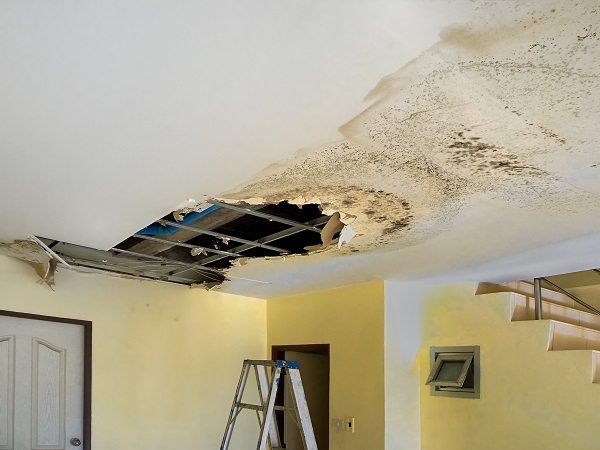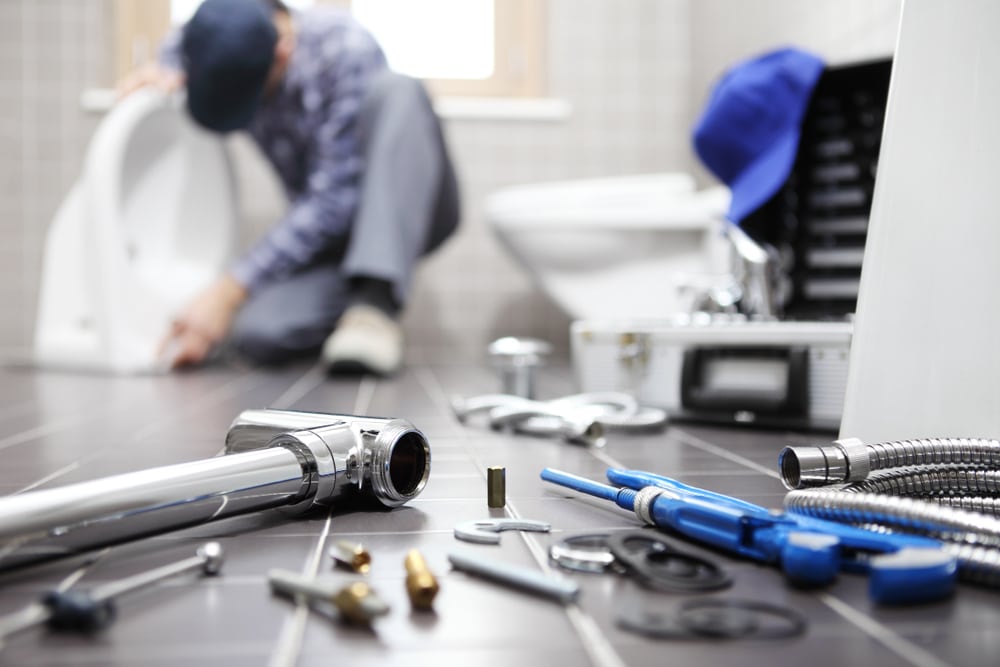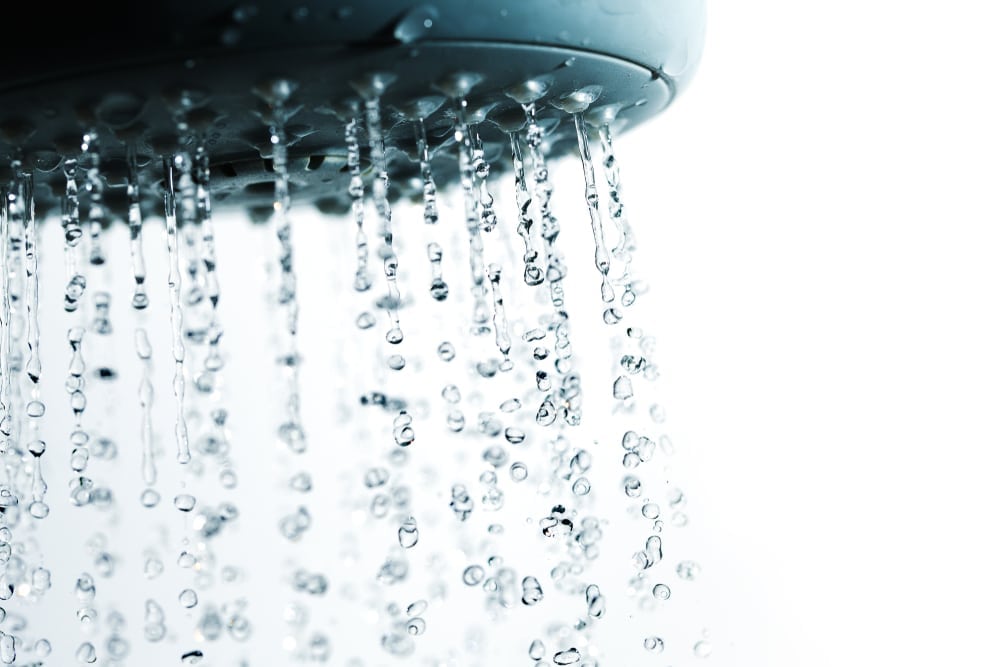Have your water bills been higher than you’d like but no taps are dripping and there are no mysterious pools of water under your sinks? Is your water pressure low even after cleaning the shower head? You may have a sneaky leak hiding somewhere in your plumbing. Strap in and get ready to become a grizzly leak detective.

Your Water Meter Is a Helpful Snitch
Your water meter can be a helpful informant when you’re on the case. Follow these steps to spot the leak.
- Make sure no water is being used in your house.
- Find the indicator on your water meter and see if it’s moving – if it is, you know there’s a leak somewhere.
- To double check, take a reading and wait 1 or 2 hours, making sure no water is used then take another reading.
After you have determined that you have a leak, the next step is to determine if the leak is holed up inside or outside your house.
- Completely shut off the water to your home.
- Check your indicator again. If it has stopped moving, then the leak is inside your home – if it keeps moving then the leak is outside. Remember though, it could be both!
Interrogating Suspects
Once you know there is a leak, the question is who is guilty? Here are some common perps and how to interrogate them:
Leaking Taps
Generally, if you have a leaky tap, you will have noticed already, but double check taps you don’t use much. Check the laundry sink, outdoor taps and so on – with a bit of luck you’ll find a drip that can be fixed with a simple washer.
Toilet Troubles
Because toilets rely on so much water to function, even a small leak can be a big problem. Remove the tank lid and place a few drops of food colouring in back of the toilet tank. Wait about 30 minutes, without flushing, and then look in the toilet bowl to see if any colour has come through. If you see food colouring in the bowl, you have a leak.
Quick Fixes or a Plumber
Oftentimes, toilet leaks can be solved with quick fixes like replacing an outlet valve, adjusting the flush mechanism, or tweaking the water level in the toilet tank. If none of this works or you’re not confident with DIY plumbing work, contact a professional plumber to help.
Look for Water Damage
Any good detective knows you need to check the crime scene for clues, and leak detectives are no different. Instead of fingerprints and bullet casings, you’re looking for damp patches, warping and discolouration in walls, ceiling or floors. These are all indications that you have a leak somewhere in your plumbing.
Remember that water flows, so the area you find water damage may not be where the leak actually is, but simply where the leaking water has flowed to. Try and follow the leak back to its source.
Underground Leak Detection
If none of your investigating so far has turned up any leaks, or you’ve had all identified leaks fixed and water is still being lost, you may have an underground leak. A visual inspection can help you locate it:
- Check visually and tactilely for areas of your yard that are always wet.
- Check your driveway and curb for signs of a leak. This could be anything from flowing water, to a permanent puddle, or just a dark spot that is always a little moist.
Get a Professional Inspection
If you’re really stuck, get in touch for a full check-up of your plumbing, including a CCTV inspection. The benefit of this is that it will take a lot of the guesswork out of the process and make sure that any leaks or blockages are identified precisely and fixed professionally. Detective work may be fun sometimes, but it’s normally a lot easier to let the pros take care of it.
Get in Touch
- F. James Plumbing can help you find and fix any and all hidden leaks in your home, get in touch on 02 9649 1099 or enquire online.







